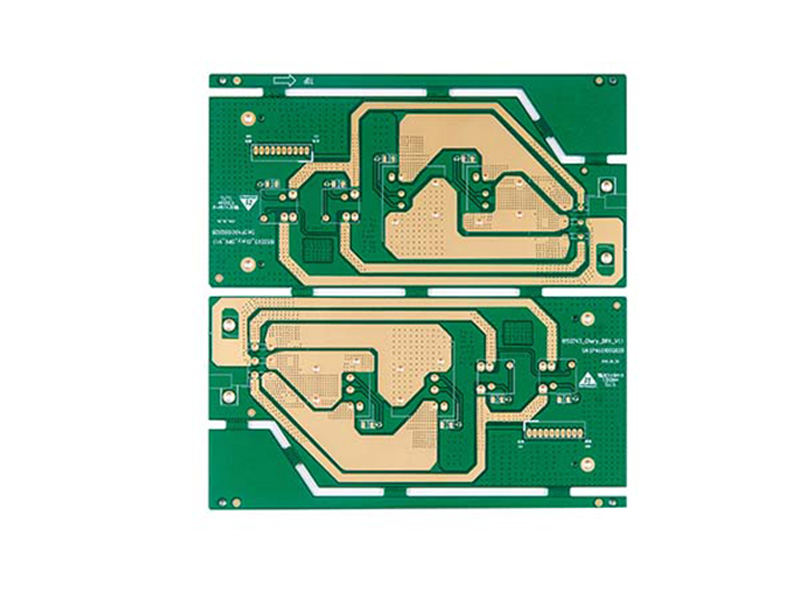Since 2010, the growth rate of global PCB production value has generally declined. On the one hand, fast-iterative new terminal technologies continue to impact low-end production capacity. Single and double panels that once ranked first in output value are gradually being replaced by high-end production capacities such as multilayer boards, HDI, FPC, and rigid-flex boards. On the other hand, the weak terminal market demand and the abnormal price increase of raw materials have also made the entire industry chain turbulent. PCB companies are committed to reshaping their core competitiveness, transforming from “winning by quantity” to “winning by quality” and “winning by technology”.
What is proud of is that in the context of the global electronic markets and the global PCB output value growth rate, the annual growth rate of China’s PCB output value is higher than all of the world, and the proportion of total output value in the world has also increased significantly. Obviously, China has become the global largest produces of PCB industry. Chinese PCB industry has the better state to welcome the arrival of 5G communication!
Material requirements: A very clear direction for 5G PCB is high-frequency and high-speed materials and board manufacturing. The performance, convenience and availability of materials will be greatly enhanced.
Process technology: The enhancement of 5G-related application product functions will increase the demand for high-density PCBs, and HDI will also become an important technical field. Multi-level HDI products and even products with any level of interconnection will become popular, and new technologies such as buried resistance and buried capacity will also have increasingly large applications.
Equipment and instruments: sophisticated graphics transfer and vacuum etching equipment, detection equipment that can monitor and feedback data changes in real-time line width and coupling spacing; electroplating equipment with good uniformity, high-precision lamination equipment, etc. can also meet 5G PCB production needs.
Quality monitoring: Due to the increase of 5G signal rate, the board-making deviation has a greater impact on signal performance, which requires more strict management and control of the board-making production deviation, while the existing mainstream board-making process and equipment are not updated much, which will become the bottleneck of future technological development.
For any new technology, the cost of its early R&D investment is huge, and no products for 5G communication. “High investment, high return, and high risk” has become a consensus of the industry. How to balance the input-output ratio of new technologies? Local PCB companies have their own magical powers in cost control.
PCB is a high-tech industry, but due to the etching and other processes involved in the PCB manufacturing process, PCB companies are unknowingly misunderstood as “big polluters”, “big energy users” and “big water users”. Now, where environmental protection and sustainable development are highly valued, once PCB companies are put on the “pollution hat”, it will be difficult, and not to mention the development of 5G technology. Therefore, Chinese PCB companies have built green factories and smart factories.
The smart factories, due to the complexity of PCB processing procedures and many types of equipment and brands, there is great resistance to the full realization of factory intelligence. At present, the level of intelligence in some newly-built factories is relatively high, and the per capita output value of some advanced and newly-built smart factories in China can reach more than 3 to 4 times the industry average. But others are the transformation and upgrading of old factories. Different communication protocols are involved between different equipment and between new and old equipment, and the progress of intelligent transformation is slow.
Media Contact
Company Name: SHENZHEN KAISHENG PCB CO., Ltd.
Email: Send Email
Phone: 86-0752-8898101
Country: China
Website: https://www.pcbfuture.com/

